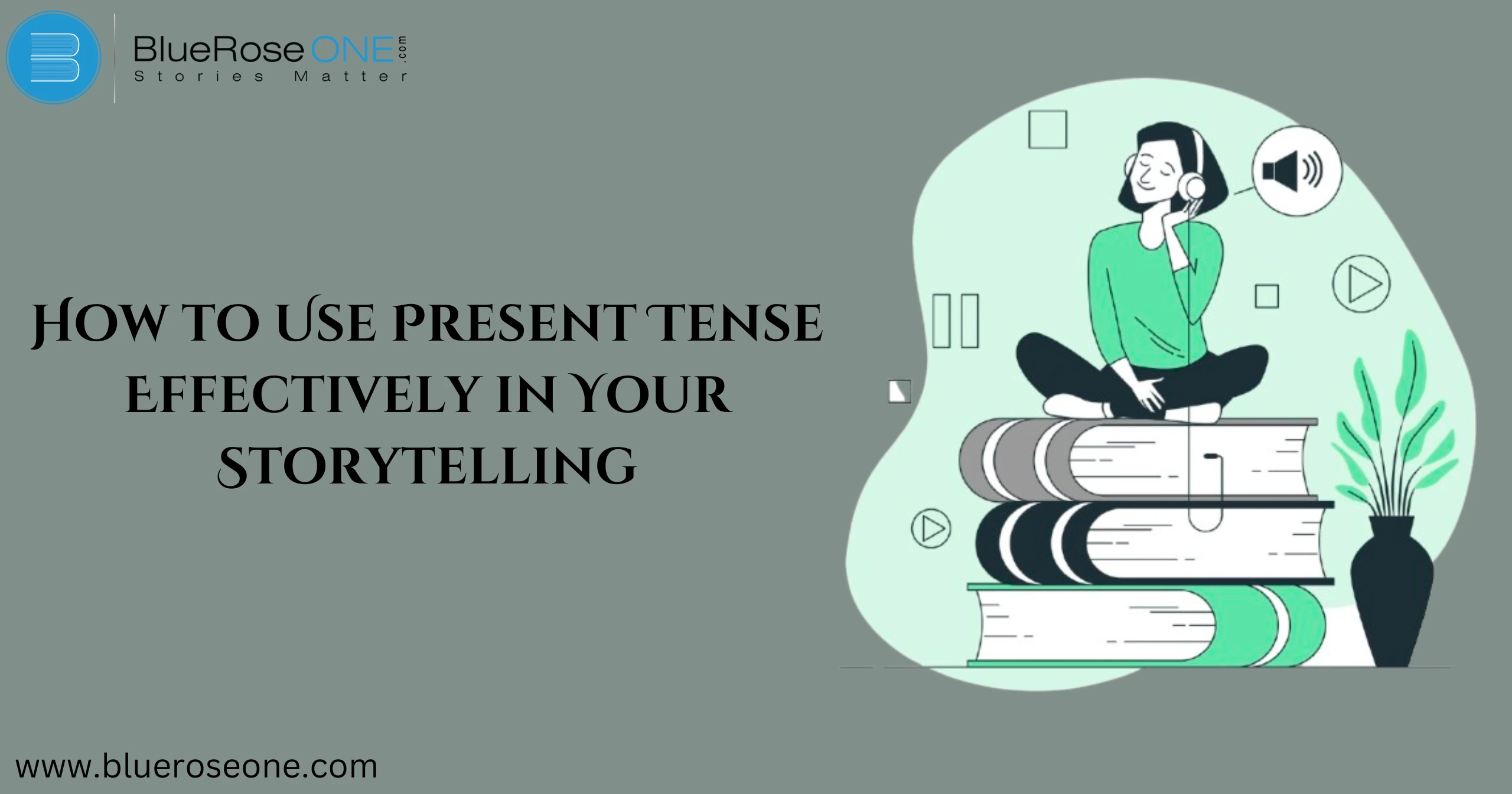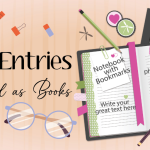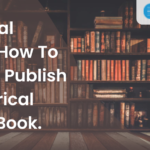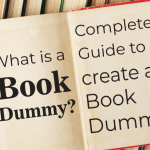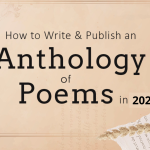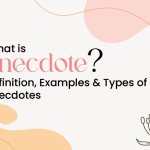Storytelling in the present tense has become more and more common among contemporary authors. However, what is it? By describing events as they occur in real time, present tense narration gives the reader the impression that they are experiencing the story with the characters.
For what reason do certain authors favor it over the past tense? It brings the reader into the present, increases suspense, and establishes immediacy. However, meticulous attention to detail is necessary for its effective use. Let’s explore how to become an expert at using the present tense in your narrative.
Understanding Present Tense in Storytelling
What is Present Tense?
Present vs. Past Tense Narration
Past Tense: “She walked into the room and saw a shadow moving.”
Present Tense: “She walks into the room and sees a shadow move.”
The difference is subtle but impactful. Present tense keeps the reader in the immediate moment, while past tense allows more narrative flexibility.
Types of Present Tense in Storytelling
Simple Present Tense
Used for universal truths or habitual actions.
- Example: “The sun rises in the east.”
Present Continuous Tense
Describes an action happening right now.
- Example: “She is running down the street.”
Present Perfect Tense
Indicates an action completed at an unspecified time but relevant to the present.
- Example: “He has written three novels.”
Present Perfect Continuous Tense
Shows an ongoing action that started in the past and continues in the present.
- Example: “She has been studying for hours.”
You may also like: The Best Book Editing Services for Authors in 2025

Benefits of Using Present Tense in Storytelling
Creates Immediacy and Engagement
Adds a Sense of Urgency
Encourages a Deeper Connection with Characters
Using the present tense in narrative fosters a stronger connection with characters by making readers feel as if they are witnessing events alongside them. Because things occur in real time, readers get more emotionally invested in the protagonist’s thoughts, feelings, and decisions. This immediacy fosters closeness, personalizing and immersing the character’s path. By removing the gap that past tense can often create, present tense allows readers and characters to form a greater emotional bond.
Enhances Suspense and Unpredictability
When to Use Present Tense in Your Story
First-Person vs. Third-Person Narration
- First-person present tense (“I walk through the forest”) feels intimate.
- Third-person present tense (“She walks through the forest”) feels more cinematic.
Challenges of Using Present Tense
Can Feel Restrictive
By drawing readers into the action as it happens, the present tense increases tension and unpredictability in stories. The present tense makes the action urgent and uncertain, in contrast to the past tense, which provides a sense of reflection.
Alongside the characters, readers encounter turns and surprises, which increases their level of engagement. In mysteries and thrillers, where suspense is essential, this tense works particularly well. The present tense heightens suspense and excitement by denying readers the comfort of hindsight.
You may also like: Common Writing Mistakes Authors Make All the Time
The present tense might feel constrictive, which is one drawback of employing it in storytelling. Writers may find it difficult to smoothly depict previous occurrences or future possibilities because the story takes place in real time.
It takes more work for time shifts, background, and flashbacks to flow effortlessly. Particularly with intricate stories, this restriction may give the story a sense of confinement.
To prevent the story from becoming overly rigid or out of place in the present tense, writers must carefully balance clarity and speed.
Limits Flexiblity
One significant disadvantage of adopting present tense in narrative is that it restricts flexibility, particularly when dealing with complex timelines. Because the story occurs in real time, it might be difficult to insert flashbacks or switch between time periods without confusing the reader.
Unlike past tense, which allows for seamless transitions between past and present occurrences, present tense necessitates careful management of temporal leaps in order to preserve clarity. This constraint can make storytelling seem more limiting, especially in longer narratives.
Require Consistency
One of the most difficult aspects of employing present tense is keeping consistency throughout the story. Writers may mistakenly flip to the past or future tense, confusing readers and disrupting the flow.
This is especially challenging in intricate storylines including flashbacks or various timeframes. To avoid blunders, thoroughly proofread your writing and be aware of tense fluctuations.
Using a consistent present tense offers a fluid reading experience and heightens the immediacy of your message.
You may also read: Book Promotion Mistakes to Avoid: What Authors Need to Know
You may also like: Mistborn Series in Order: Start to Finish
Suitable Genres
- Thrillers & Horror (Creates suspense)
- Young Adult Fiction (Feels immediate and relatable)
- Literary Fiction (Enhances stylistic storytelling)
Common Mistakes and How to Avoid Them
Tense Inconsistency
Unintentional tense flipping is a typical mistake when employing the present tense in narrative. Writers may begin in the present tense but mistakenly switch to the past tense, which can confuse readers.
For example, “She walks into the room and sees a cat” interrupts the flow. To avoid this, review your work thoroughly and ensure that all verbs are in the present tense unless a flashback or shift in time is deliberate. Consistency keeps your story flowing and intriguing.
Overuse of Present Participles
Excessive use of present participles (verbs ending in -ing) is a typical writing error in the present tense. Using too many present participles might cause sentences to feel cumbersome and slow down the pace of your story. Instead of saying “She is walking to the store while talking on the phone,” try “She walks to the store and talks on the phone”.
Using simple present tense verbs ensures that your writing is straightforward, direct, and engaging for readers.
Lack of Depth in Flashbacks
Shallow flashbacks are a common mistake while writing in the present tense. Because the present tense keeps the plot in the “now,” flashbacks may feel abrupt or unconnected if they lack substance.
Writers frequently hurry through previous events without properly engaging the reader. To avoid this, employ vivid details, emotions, and sensory descriptions to make flashbacks as interesting as the main timeline. Consider employing past tense in flashbacks to provide a natural contrast to the current tense narrative.
You may also like: 30 Examples of Epigrams to Motivate and Enhance Your Writing
Examples of Effective Present Tense Storytelling
Famous Books Written in Present Tense
- The Hunger Games by Suzanne Collins
- The Handmaid’s Tale by Margaret Atwood
Past vs. Present Tense Comparison
Past: “He stepped onto the train, unsure of his future.”
Present: “He steps onto the train, unsure of his future.”
Tips for Writing in Present Tense
Read present-tense books to understand flow.
- Be consistent with tense.
- Use strong, active verbs.
- Experiment before committing.
Conclusion
When utilized correctly, present-tense storytelling may be an extremely successful tool. It immerses readers, heightens suspense, and strengthens character connections. While it provides hurdles, mastering it can help you improve your writing. So, why not try and see how it affects your storytelling?
Frequently Asked Questions
Yes, but transitions must be clear to avoid confusion.
Use past tense or frame them clearly with cues like “I remember when…”
It works well for both but is more common in short, fast-paced stories.
Some find it unnatural or restrictive, but it’s a stylistic choice.
Try rewriting a past-tense scene in present tense and observe the differences.

